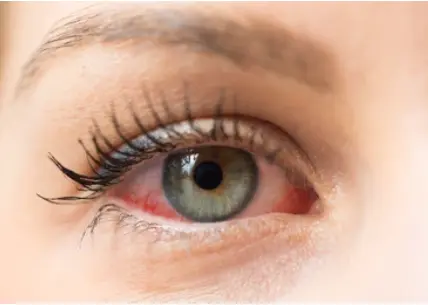 Welcome
Welcome
“May all be happy, may all be healed, may all be at peace and may no one ever suffer."
Skin fungal infections - Generics
Skin fungal infections, also known as dermatophytosis or tinea, are caused by various types of fungi that infect the skin, hair, and nails. Here is an overview of skin fungal infections, their symptoms, causes, and treatments.
Symptoms of Skin Fungal Infections:
The symptoms of skin fungal infections can vary depending on the type of fungus and the location of the infection. Some common symptoms include:
- Red, scaly patches on the skin
- Itching, burning, or stinging sensation
- Cracking or peeling skin
- Blisters or pus-filled lesions
- Hair loss or brittle nails (in severe cases)
If you are experiencing these symptoms, it is important to seek medical attention to confirm the diagnosis and rule out other possible causes.
Causes of Skin Fungal Infections:
Skin fungal infections are caused by various types of fungi that thrive in warm and moist environments, such as locker rooms, swimming pools, and showers. Some factors that can increase the risk of skin fungal infections include:
- Sweating heavily
- Wearing tight or non-breathable clothing
- Walking barefoot in public areas
- Using shared towels or personal care items
- Having a weakened immune system
Treatment for Skin Fungal Infections:
The treatment for skin fungal infections typically involves antifungal medication, which can be prescribed as a cream, lotion, or oral medication. The specific medication and length of treatment depend on the severity and location of the infection. Some common antifungal medications include terbinafine, clotrimazole, and ketoconazole. It is important to follow the treatment regimen as directed and to avoid sharing personal items with others.
Prevention of Skin Fungal Infections:
Prevention of skin fungal infections involves maintaining good hygiene practices, such as washing your hands and feet regularly, keeping your skin dry, and wearing breathable clothing. It is also important to avoid walking barefoot in public areas, using shared personal care items, and wearing tight or non-breathable clothing. If you have a weakened immune system, it is important to take extra precautions to prevent skin fungal infections.
In conclusion, skin fungal infections are caused by various types of fungi that infect the skin, hair, and nails. Symptoms can include red, scaly patches, itching, and burning, and treatment typically involves antifungal medication. Prevention involves maintaining good hygiene practices and avoiding risk factors that can increase the risk of skin fungal infections.

Acute necrotizing ulcerat...

Pregnancy-associated naus...

Uncomplicated pneumococca...

Candidal cystitis

Corneal anesthesia

Functional rehabilitation...

Intestinal bleeding

Primary ovarian failure
Skin fungal infections, ত্বকের ছত্রাকের সংক্রমণ
To be happy, beautiful, healthy, wealthy, hale and long-lived stay with DM3S.